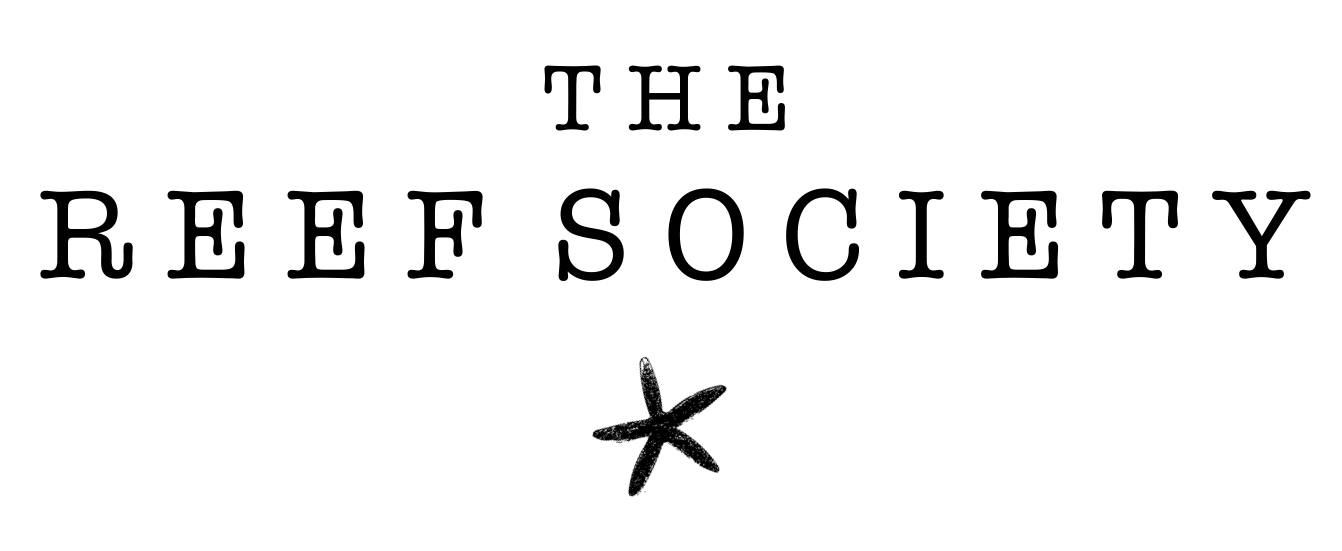When we observe we become aware
WHEN WE'RE AWARE WE CARE
WHEN WE CARE WE CONSERVE
LITTLE THINGS ARE THE COGS OF THE REEF SYSTEM
In the ocean, whales, sharks, mantas and turtles ("charismatic megafauna") are awe inspiring to see, but are rare events. But everywhere, everyday "little things" abound. We just need to slow down and observe. These are the millions of tiny animals that have found a niche in this most complex of all ecosystems built by the humble coral polyp. Little fish and sea squirts. Starfish and Sea Cucumbers. Worms and shrimps. It is this vast network of Little Things - and the invisible connections between them - that gives the reef its stability and resilience to withstand crises such as cyclones, Crown of Thorns Starfish infestations or dramatic bleaching events. Some examples of these little residents of Reef Society are included in Little Things That Matter.
Science can be a helpful tool that encourages our own society to become embedded within the greater society of the natural world. Our ocean is our planet's heart. Earth's air, water and all life are inextricably bound to it. Coral reefs have been around for about 500 million years and have re-established after ice ages, warming events and sea level changes. They are tough and resilient entities. Human interference can be chronic and spatially intense. As a human society, we can learn efficient use of resources and resilience from this great system.
AS A SPECIES, OUR WEIGHT IS HEAVY ON THE EARTH
....LET'S TREAD LIGHTLY
...and take joy from our interactions with nature. I am positive and optimistic about our reef's future. The Great Barrier Reef is the best managed reef in the world and is extensively studied. But we have a global responsibility to minimally interfere with it by ensuring its waters are kept clean; that we have no-take zones as biodiversity refugia. And we must stop polluting our planet's air. As our own society more frequently visits this rich mosaic of life, I hope we celebrate nature's masterpiece and use our uniquely human capacity to plan for the future, to ensure the ocean's long term health. Spending time quietly in the natural world is probably the most important and urgent lesson for citizens of all ages. Our children need to put down the iPhone. Despite society's problems, in the words of Desiderata "its still a beautiful world". Be a part of it.
Join Citizens of the Great Barrier Reef.
Wendy Morris. 2015
I have been fascinated by coral reefs since my first glimpse underwater with my father at the age of 11 in the remote reefs of Papua New Guinea in 1968. I graduated in Marine Biology from James Cook University, founded Reef Biosearch and have spent much of the last 40 years, in and around tropical coral reefs across the Pacific. I started the The Reef Society project in mid 2015, after thinking about it for many years. We can each choose to "tread lightly", wherever we are, and share that message through the ubiquitous noticeboard that is the clothes we wear daily. My own passion is for the "little things" on the reef, and their importance to the health of the reef as a whole. But everywhere, we can find our own "little things" when we spend time in the natural world. Humanity needs to live within nature's bounds, and allow the little things to flourish everywhere.



